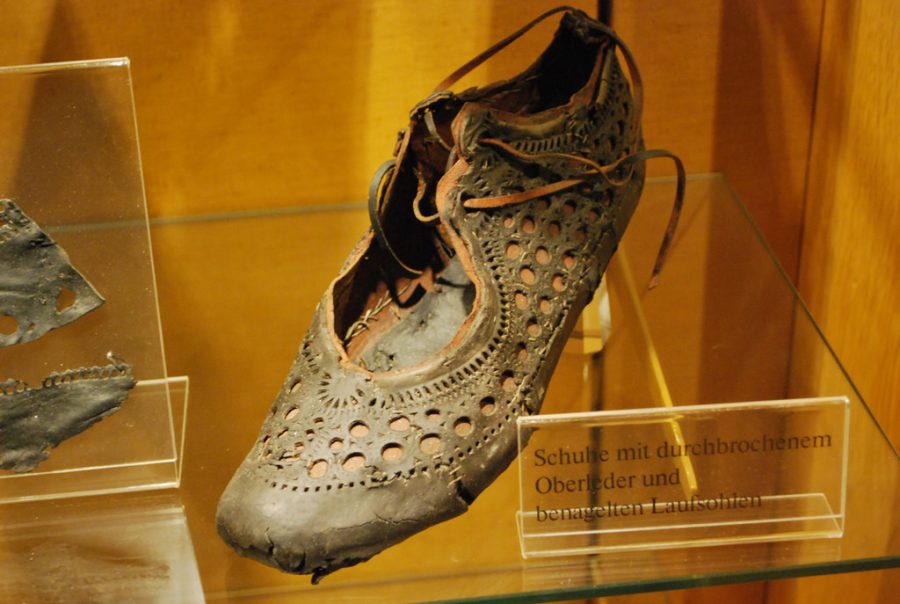Understanding Ritual Combat Among King Cobras: A New Study

In an intriguing exploration of the behavior of king cobras, zoologist Alexandre Missassi from the Museu Paraense Emlio Goeldi in Belm, Brazil, has emphasized the challenges involved in observing combat behavior in snakes. While Missassi has extensively studied the ritualistic combat between snakes, he did not participate in the recent study led by researcher Jones. However, he commended the new observations, noting that they significantly enhance our understanding of the natural history of cobras.
The study sheds light on the fascinating rules governing ritual cobra combat, which has been seldom documented. Jones and his team recorded three distinct fights, all of which occurred during the breeding seasonstrongly suggesting that these ritualistic displays are linked to mating behavior. Although no female cobras were directly observed during these matches, the researchers theorize that they were likely in the vicinity, influencing the males' competitive actions.
The combat itself resembled a wrestling match, where each male cobra aimed to position its chin on the back of its opponent's head, attempting to force the others face down to the ground. This back-and-forth struggle continued without a clear winner evident until one of the snakes, typically the smaller of the two, decided to retreat. Remarkably, throughout all three observed bouts, neither snake resorted to biting its opponent.
In fact, during two of the direct observations, the combatants did not even display their hoods. Jones explains that this behavior is likely unnecessary in such contexts, as the hoods are typically used to intimidate other creatures that may not be aware of the venomous potential of a cobra. However, in a face-off between two cobras, there is little need for such a display. In these situations, they have no gain to [open their hoods]theyre not going to fool each other, they arent going to scare the other one away, Jones observed.
Size played a critical role in these sparring matches, with all snakes involved being large specimens. The smallest of the combatants measured an impressive 11.5 feet in length, while the largest exceeded 13 feet. During the encounters, the snakes intertwined their elongated bodies in a manner reminiscent of Twizzlers licorice, their heads elevated above the ground. Its just a mass of snake, Jones remarked, illustrating the mesmerizing sight of these formidable reptiles engaged in ritual combat.















